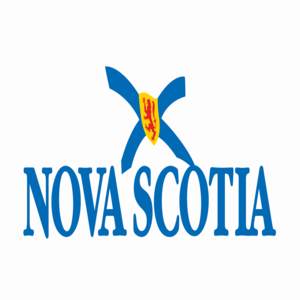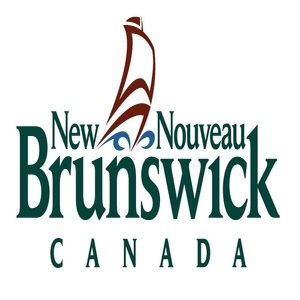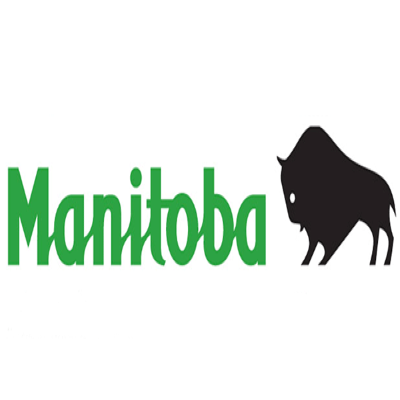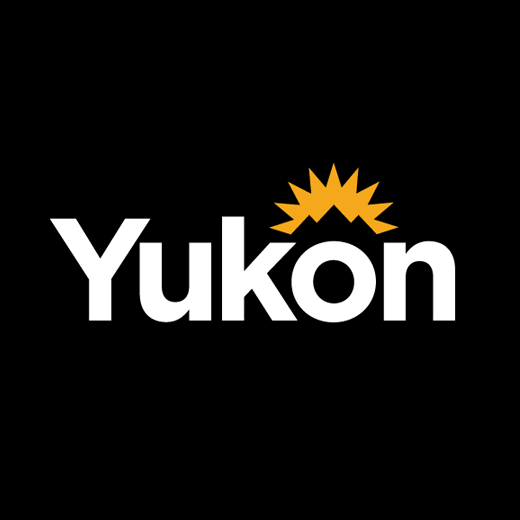health
Type of resources
Available actions
Topics
Keywords
Contact for the resource
Provided by
Years
Formats
Representation types
Update frequencies
status
Scale
Resolution
-

Food Banks is a point dataset identifying food banks in British Columbia.
-

FluWatch is Canada's national surveillance system that monitors the spread of flu and flu-like illnesses on an on-going basis. Activity Level surveillance is a component of FluWatch that provides an overall assessment of the intensity and geographical spread of laboratory-confirmed influenza cases, influenza-like-illness (ILI) and reported outbreaks for a given surveillance region. Activity Levels are assigned and reported by Provincial and Territorial Ministries of Health. A surveillance region can be classified under one of the four following categories: no activity, sporadic, localized or widespread. For a description of the categories, see the data dictionary resource. For more information on flu activity in Canada, see the FluWatch report. (https://www.canada.ca/en/public-health/services/diseases/flu-influenza/influenza-surveillance/weekly-influenza-reports.html) Note: The reported activity levels are a reflection of the surveillance data available to FluWatch at the time of production. Delays in reporting of data may cause data to change retrospectively.
-

Nova Scotia Community Clusters for health service planning and research. Includes the following data fields: GIS_UID, GIS_SELECTED, GIS_HIDDEN, GIS_LENGTH, GIS_AREA, Cluster, ClusterID
-

[ARCHIVED] The “Nova Scotia Counties with Senior Safety Programs” dataset is no longer being updated. Please refer to https://ns.211.ca/ to learn more about seniors’ safety programs. List of counties across Nova Scotia with Senior Safety Programs
-

Boundaries developed for use when aggregating cases and reporting during the COVID-19 pandemic in Saskatchewan. The province of Saskatchewan has been divided into six distinct areas for use in reporting the infection rates of COVID-19 during the 2020 outbreak of the virus. This dataset is 'Deprecated'. Please use updated source here.
-

Health Service Delivery Area (HSDA) boundaries; 2022 boundary configuration. The HSDAs are a mutually exclusive and exhaustive classification of the land area in BC. HSDAs are contiguous (land area is geographically adjacent) and fit within a geographical hierarchy structure, e.g., cannot violate higher-level geography boundaries Health Authorities (HA).
-

Tick data collected by Mount Allison University including Lyme disease test results. For instructions on how to view and search this dataset there are posted resources at https://gnb.socrata.com/en/videos *This data has been generalized for privacy and is only based on ticks sent to Mount Allison University
-

Feature point layer showing locations of distributors participating in the Naloxone Take Home Program in Manitoba. This feature point layer shows the locations of distributors participating in the Naloxone Take Home Program in Manitoba. Naloxone is a drug that temporarily reverses overdose (toxicity) caused by opioid drugs (such as fentanyl, heroin, morphine, hydromorphone). Free take-home naloxone kits are available to members of the public who are at risk of opioid overdose (toxicity), and family or friends who may witness opioid toxicity. For more information see Manitoba Health. This feature layer is used in the Naloxone Distributors Map - Take Home Program and Naloxone Finder - Take Home Program application. Fields included (Alias (Field Name): Field description) Distributor (Distributor): Business name of the distributor. Product (Product): The type of product available from the distributor. Address (Address): Street address or mailing address, if applicable, of the distributor. City (City): City or town in which the distributor is located. Postal Code (Postal_Code): Postal code for the distributor's location. Participating (Participating): Indicates participation in the Naloxone Take Home Program. Phone (Phone): Distributor's public business phone number. Provider Type (Provider_Type): Type of provider. Includes Pharmacy, Medical Clinic, Nursing Station, Public Health Unit, and Other Organization. RHA (RHA): Regional Health Authority Latitude (Latitude): Latitudinal coordinate of distributor Longitude (Longitude): Longitudinal coordinate of distributor ObjectId (ObjectId): Unique identifier
-

This dataset provides the location of Yukon's hospitals and health centres. The data also includes contact information and general information about each facility. Distributed from GeoYukon by the Government of Yukon. Discover more digital map data and interactive maps from Yukon's digital map data collection.For more information: [geomatics.help@yukon.ca](mailto:%20geomatics.help@yukon.ca)
-

Interactive app illustrates the locations of licensed personal care home facilities in Manitoba. This interactive app shows the locations of licensed personal care home facilities in Manitoba and provides public access to reports completed by the Licensing and Compliance Branch of Manitoba Health, Seniors and Active Living for personal care home standards reviews. Each report identifies the standards and performance measures evaluated during the course of each review as well as a summary of findings including any areas of non-compliance requiring follow-up by the PCH. Information contained in the reports is reflective of what was observed or assessed on the day of the review only. Licensed personal care home operators are directly responsible to the regional health authority under whose jurisdiction they operate and questions regarding the current status of any concerns identified in standards review reports should be directed to either the personal care home or their regional health authority. This app utilizes the Manitoba Personal Care Home Reporting Map.
 Arctic SDI catalogue
Arctic SDI catalogue